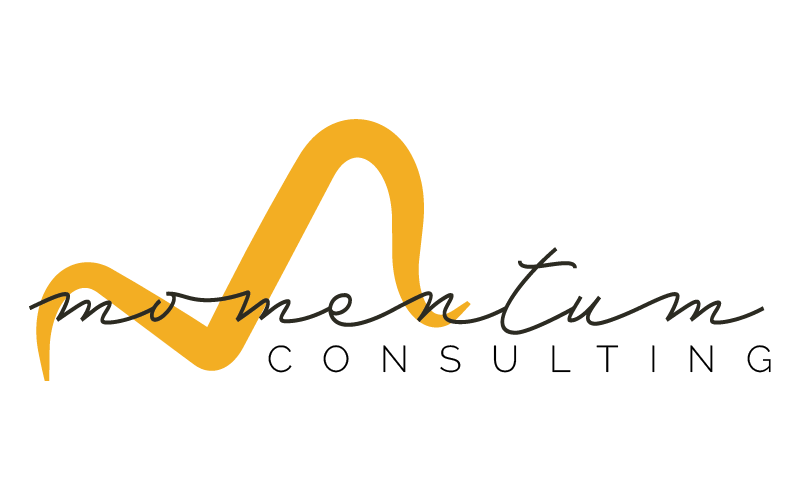Written By Danielle Fauteaux
When working in a creative industry, such as marketing or graphic design, you have to make sure your employees are properly equipped to do their jobs, whether they work onsite or remotely.
In order to make that happen, there can be a lot of equipment getting dispersed among various people and locations.
Company property—from laptops and computers to tablets, cellphones, video equipment, printers, whiteboards and more—is a substantial investment for a small agency. To protect this investment, you should implement a standardized process for managing and tracking the items that are loaned to employees, as well as a system for getting them returned.
Process for Borrowing, Using, and Returning Company Property
Even if you have a small team at your marketing agency, it’s a good idea to establish consistent policies and procedures surrounding company property.
You can start by breaking down the process into three distinct phases: the original distribution, use during employment, and the return.
Loaning Equipment to Employees
During new employee onboarding, explain to new hires the process for managing and tracking what equipment is sent out and the plan for its return at the end of an employee’s tenure. You can incorporate an Employee Equipment Agreement Form into your employment contract. This should include:
- Employee information, including name, position, and division/department
- Equipment information, including the make/model, serial number and other descriptors
- Acknowledgement that the employee is responsible for the care and maintenance of the equipment
- An understanding of what measures to take if the equipment is lost, stolen or damaged while on the job
- An understanding that the employee must surrender the equipment back to the employer upon leaving the company
- A signature and date of the new employee
- A signature and date of the manager who reviewed the information with the employee
Internally, you should manage an employee equipment inventory sheet for your records. Keep it with your other administrative documents and use it as a way to list what items have been distributed to whom and when. Include columns to add a return date and who checked in the equipment upon its return.
Additionally, while most items will go to your employees to use for the entire length of their employment, there may be shared gear that can be borrowed temporarily while an employee works on a task or project. It doesn’t hurt to create an additional form for requests to borrow shared equipment.
Managing Equipment During Employees’ Tenure
Once your employee is using the equipment for their professional tasks, there’s not much to worry about. However, you may want to implement a consistent policy surrounding who will cover repairs or replacements if employer property is damaged or misplaced.
Of course, general wear and tear is to be expected. Also, accidents happen. You have to decide what your company will do in each instance to fix or replace lost, stolen, worn or damaged property that is being used by employees.
If an employee is habitually irresponsible with company equipment or policies regarding shared equipment rentals, and seems to disregard verbal addresses to the situation, you may need to formally document a PIP related to use of company equipment.
Depending on the kinds of hardware being loaned to employees, you may need to have specific procedures outlined for software updates and managing anti-virus and other network securing measures.
Streamlining the Return of Employer Property
If your employees work nearby, it’s fairly easy to have them drop off any company property at your office or collect it during an exit interview or offboarding meeting. Update your inventory list to indicate the items were returned.
For remote employees, the process is a bit more complicated. Fortunately, there are things you can do to make it easier on both parties, such as:
1. Using a Service
A simple solution is to use a service, such as Retriever, which will send your employee a padded box that includes a pre-paid label and insurance. They just need to pack up their laptop and charger and drop it off. They also have a similar kit for computer monitors.
You can deal with clearing (or archiving) the history and stored content and resetting the device once it’s back in-house.
2. Working With Credit Cards and Mail Service Company Accounts
If your employees have credit cards or access to your company credit card, you can also permit them to use it a final time to pay for mailing back their gear before you close their account.
If you have a company account already set up with UPS or FedEx, that’s another way your employee can send back their gear. Or you may simply need to plan on reimbursing your employee for the cost of shipping and handling if it comes out of their pocket. You could add the reimbursement to their last paycheck or mail it separately.
Regardless, you should send them an information sheet that provides instructions for the return; a shipping address; the FedEx, UPS or USPS account number; details on resetting a phone, laptop or tablet; and the process for requesting reimbursement, if applicable.
3. Selling the Equipment to the Employee
Another option is seeing if the employee wants to purchase the gear from your marketing agency. If they’ve used it for years, the likelihood of dents and dings, a decreased processing power, battery life, and other functions of the equipment are probable to the extent that you may not want to hand the equipment out to another employee anyways. Evaluate the cost and effort of getting the property returned versus giving the departing employee the option to purchase the equipment. In the end, letting the employee keep the gear and making a little money could be a win-win situation for you both.
Tools and Tips for Elevating Your Marketing Agency
As an agency owner, there are countless logistics and details to keep track of and to ensure your managers are implementing. At the very least, do not settle for doing nothing and hoping for the best. You need to properly account for your equipment and be clear with existing employees and new hires about how the equipment loaning process works.
Building a successful business takes grit, a focus on your value, and sometimes a *loving* kick in the pants.
Needing an ally as you achieve your long-term goals?
I’d be happy to help.

